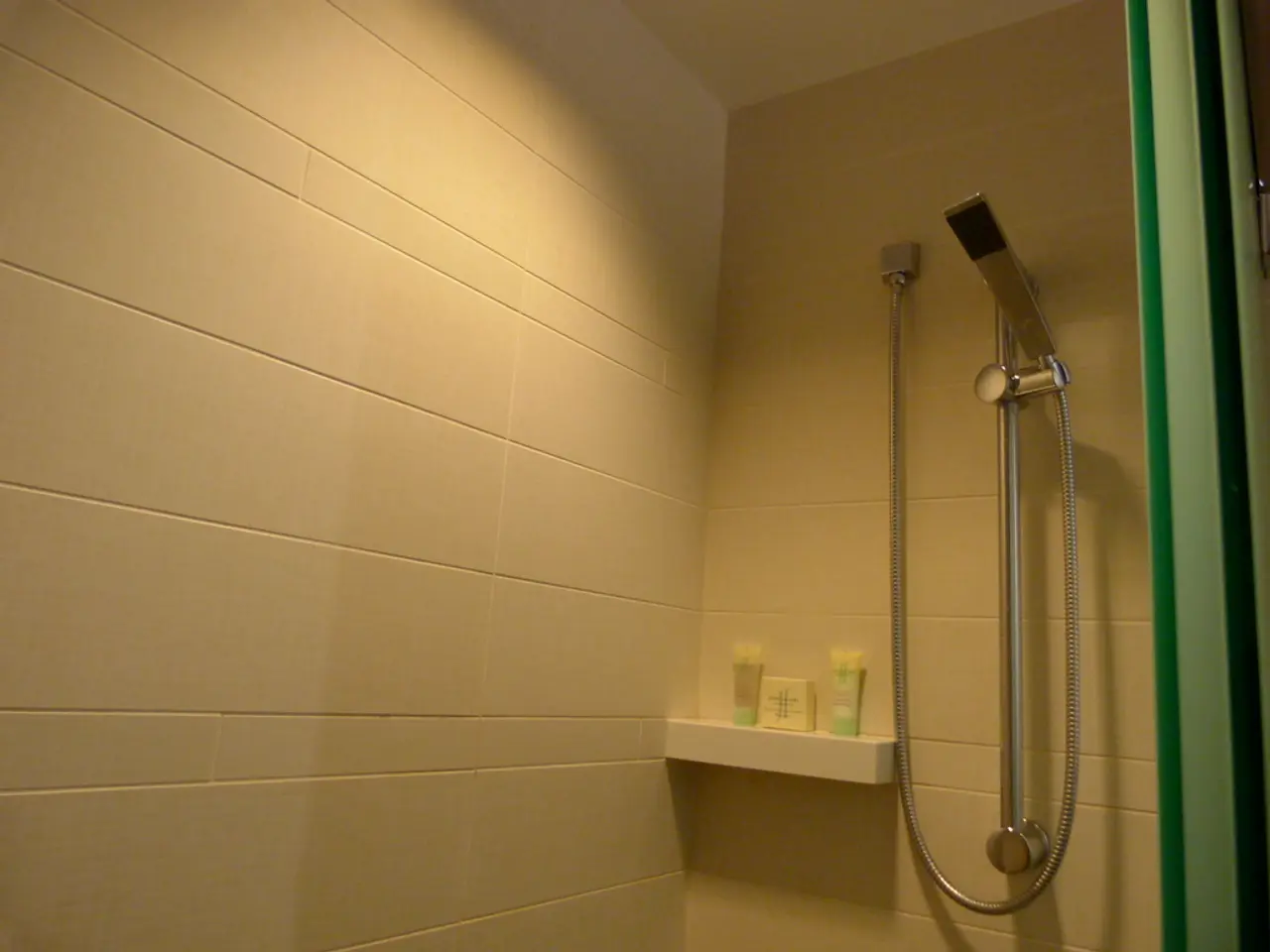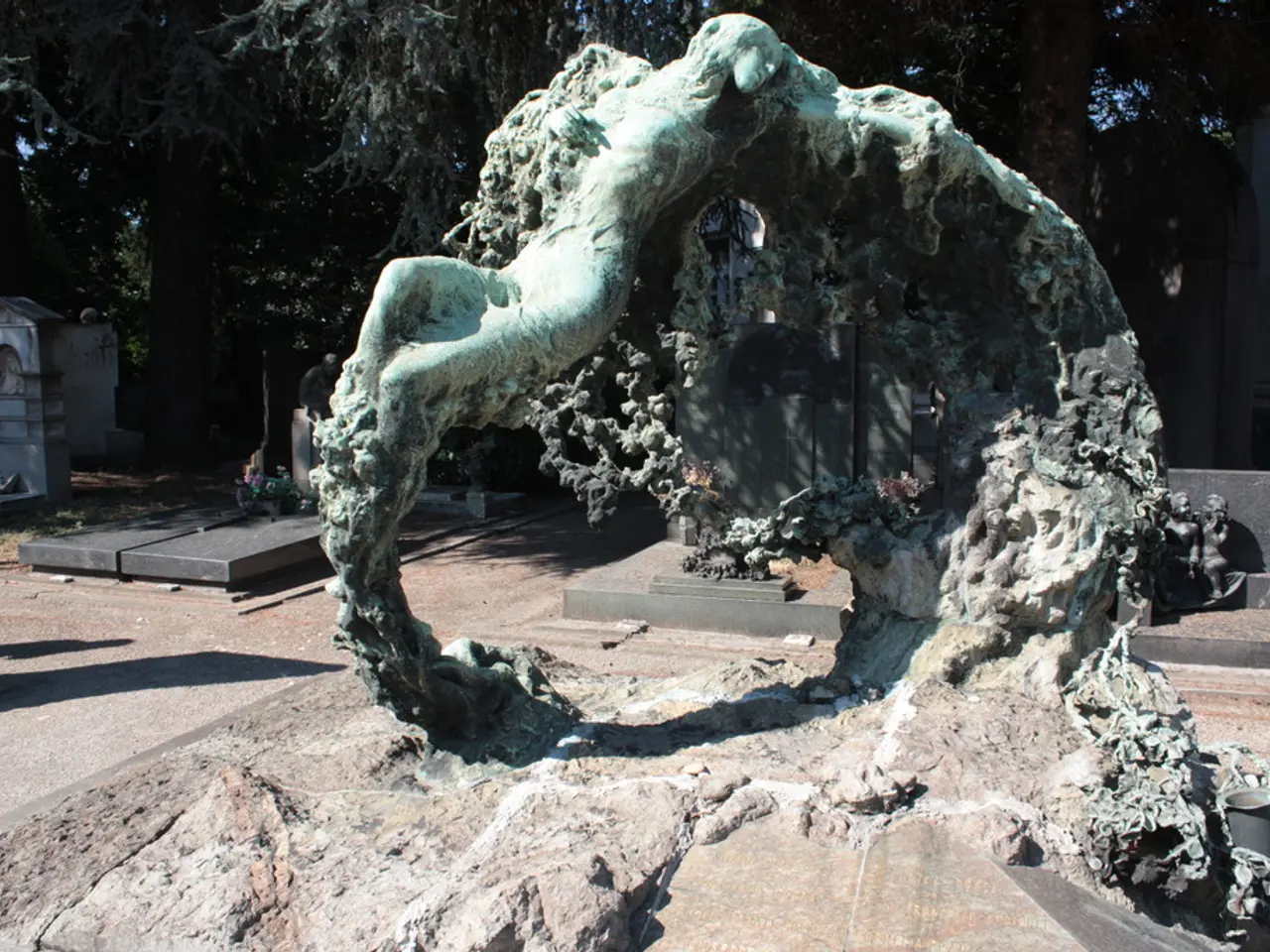Tehran Imposes Toilet Closures Amidst Water Shortage Crisis
In the heart of Iran, Tehran is currently grappling with a severe water crisis. The city, home to over 15 million people, is facing a multifaceted predicament that has led to the closure of many public toilets, especially those near and inside metro stations. This is part of the government's water-saving measures, as reported by news portals such as Didehban-Iran and Shargh [1][2].
Eyewitnesses have confirmed these closures, and Didehban-Iran accuses the government of denying Tehran residents a basic necessity by stopping the essential service of public toilets. The Tehran municipality, however, has not yet commented on these reports [1].
The water crisis has also led to hours-long power outages, making it impossible to use air conditioning in temperatures between 40 and 50 degrees Celsius. All of Iran's dams are almost empty, according to President Massoud Peschkian [1].
To combat the crisis, President Peschkian's government is asking citizens to consume less water. The government has declared a public holiday in Tehran and surrounding areas to reduce water and electricity usage, reflecting the urgency of the situation [2][4]. Over 47,000 water accounts in Tehran have been temporarily suspended due to excessive consumption, illustrating strict enforcement of water-saving rules [3].
However, the government's water-saving measures rely more on rationing, account suspensions for high use, emergency water deliveries, and government-declared water-saving holidays rather than the closure of public toilets [1][2][3].
The situation in Tehran is getting worse day by day, according to Shargh. The energy and water crisis has become a major concern for its citizens, with many taking to social media to complain about the difficulty of living a dignified life under these circumstances. The government's response includes public acknowledgment of mismanagement and attempts at conservation, but the crisis remains severe and ongoing [1][2][3][4].
In addition to the water crisis, President Peschkian is considering moving the capital to prevent potential chaos. This drastic measure is currently under consideration, but no official decision has been made [1]. There are also serious considerations to reduce the workweek from five to four days or even to order a one-week shutdown of the capital to save electricity and water [1].
With approximately 20,000 public toilets in the Tehran metropolitan area, the closure of many has added to the hardships faced by the city's residents. The water crisis in Iran is a pressing issue that requires immediate attention and solutions.
[1] Didehban-Iran, Shargh, and other news portals. [2] Iranian government announcements. [3] Water and electricity usage data from Tehran municipality. [4] President Peschkian's speeches and press conferences.
The water crisis in Iran, specifically in Tehran, has led to the closure of numerous public toilets, causing distress among the city's residents [1]. This situation emphasizes the pressing need for policy-and-legislation reforms in the field of environmental-science to address climate-change-induced water scarcity [2]. The closure of public facilities like toilets in the context of a water crisis raises questions about the government's commitment to providing basic necessities, leading to debates in the realm of politics and general-news [3].







